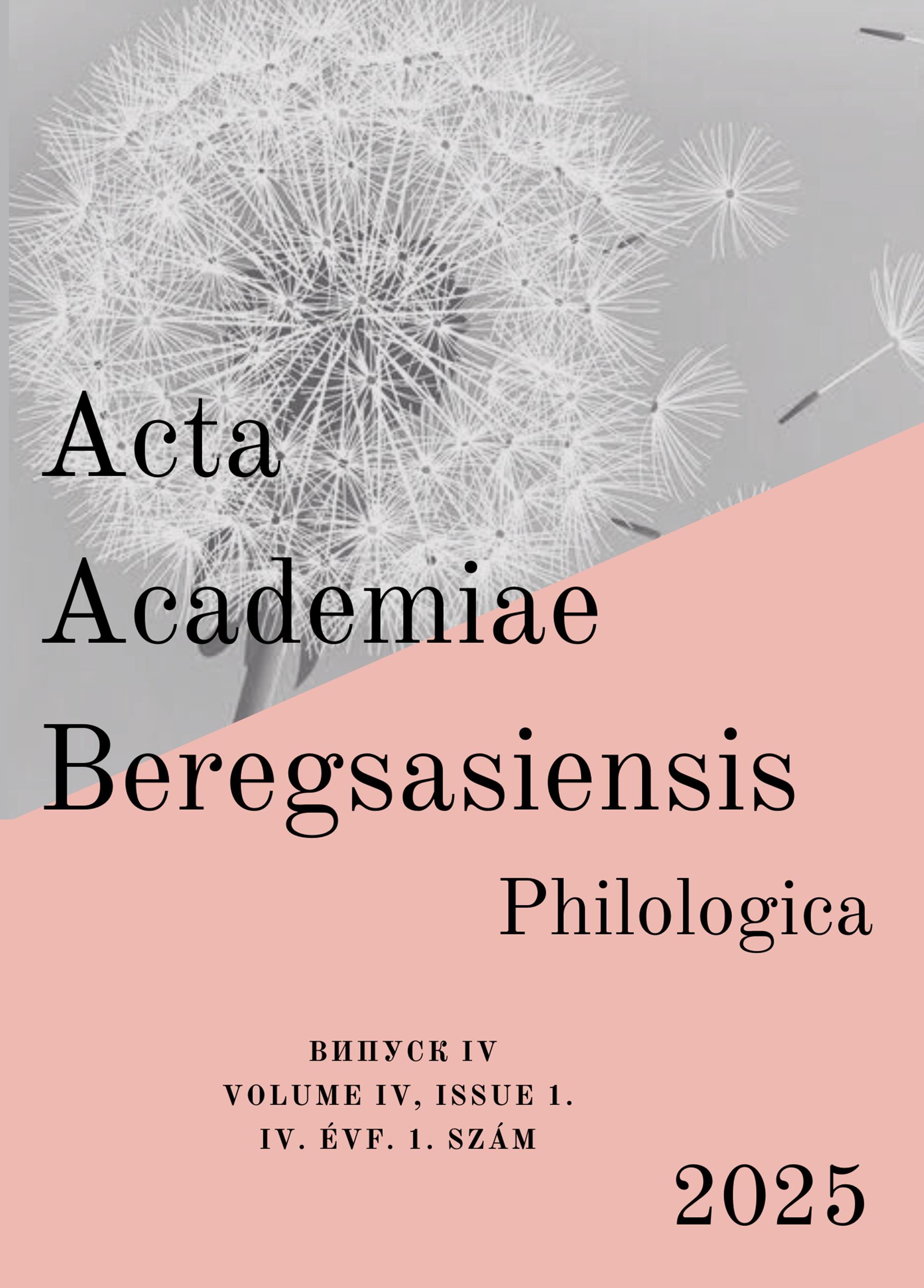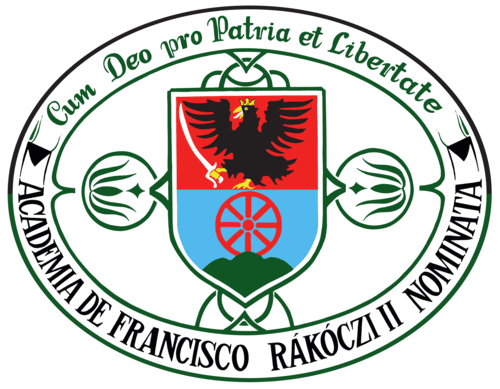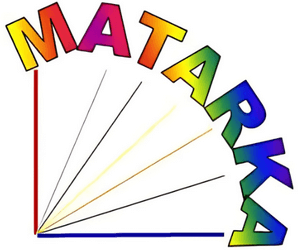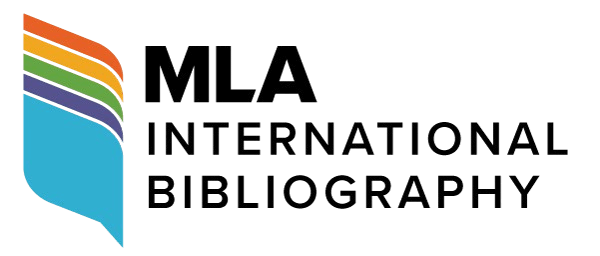Political communication and political PR-communication: problems of differentiation
DOI:
https://doi.org/10.58423/2786-6726/2025-1-65-76Keywords:
communication, PR, context, media, Internet, discourseAbstract
Political communication is a complex process of interaction between political actors, the media and the public to exchange information, ideas and values. It plays an important role in shaping public opinion, mobilizing the electorate and ensuring the effective functioning of democratic processes. However, along with the development of political communication, there is a need to distinguish between political communication and political PR-communication, which are interrelated but have significant differences in their functions and goals.
The present article examines political communication as the process of transmitting political messages through various communication channels, including mass media and interpersonal relations, emphasizing its importance in democratic societies. Particular attention is paid to the role of the Internet as a new communication channel that provides a direct link between the government and citizens, facilitating active discussion of political initiatives and interaction through social networks. The interaction of political and PR communication is studied, where the former focuses on the information function and the latter on the image management of political actors. The article also focuses on the peculiarities of political PR in the digital era, in particular within the context of social media, where political messages are often combined with emotional and manipulative elements. The authors emphasize the importance of distinguishing between political communication and PR communication, taking into account their functional roles, target audiences, and methods of influence. Particular attention is paid to the challenges posed by fake news and disinformation, which make it difficult to separate reliable information from manipulation strategies. The importance of symbolization and proper decoding of political messages for the effective perception of information by the audience is considered. In addition, the criteria for distinguishing between political communication and political PR communication are illustrated.
The aim of the article is to study the common and distinctive features of political communication and political PR-communication, as well as to develop criteria for their differentiation. The objectives of the study include clarifying the essence of both concepts, determining their impact on public opinion, political activity and democratic processes, as well as outlining the criteria for distinguishing between political communication and PR communication. In the future, it is planned to study political communication and political PR-communication in different socio-cultural contexts.
References
Kosar, Liudmyla 2018. Komunikatsiinyi instrumentarii dlia derzhavnykh sluzhbovtsiv [Communication Toolkit for Civil Servants]. Kyiv. (In Ukrainian)
Pronoza, Inna 2021. Rol politychnykh komunikatsii u suchasnomu informatsiinomu prostori [The role of political communications in the modern information space]. Naukovyi zhurnal «Politicus» 3: s. 75–80. https://doi.org/10.24195/2414-9616.2021-3.12 (In Ukrainian)
Shorina, Tetiana 2024. Komunikatsiia yak sotsialne konstruiuvannia ta yii vymiry (na osnovi doslidzhen E. A. Vizera) [Communication as a social construction and its dimensions (based on the research of E. A. Wieser)]. In: Materialy Vseukrainskoho kruhloho stolu «Spivvidnoshennia sotsialnoho-indyvidualnoho u suchasnykh komunikatyvnykh protsesakh». Kyiv: Natsionalnyi aviatsiinyi universytet, s. 115–117. (In Ukrainian)
Bakir, Vian 2018. Intelligence Elites and Public Accountability: Relationships of Influence with Civil Society. London: Routledge.
Craig, Robert 1999. Communication theory as a field. Communication Theory 9/2: pp. 119–161. https://doi.org/10.1111/j.1468-2885.1999.tb00355.x
Kiraç, Ziya Kivanç 2022. Ideologies and Democracy: A Symbolic Approach. In: Chitadze, Nika ed. Global Dimensions of Democracy and Human Rights: Problems and Perspectives. Hershey: IGI Global, pp. 95–106. https://doi.org/10.4018/978-1-6684-4543-3.ch003
Norris, Pippa 2001. Political Communication. In: Smelster, Neil J. – Baltes, Paul B. eds. International Encyclopedia of the Social & Behavioral Sciences. Amsterdam: Elsevier, pp. 11631–11640. https://doi.org/10.1016/B0-08-043076-7/04364-3
Pearce, Barnett 1989. Communication and the Human Condition. Carbondale: Southern Illinois University Press.
Downloads
Published
Issue
Section
License
Authors retain copyright and grant the journal the right of first publication. The work is simultaneously licensed under a Creative Commons Attribution 4.0 International License (CC BY 4.0), which permits others to share the work with appropriate credit given to the author(s) and the initial publication in this journal.













